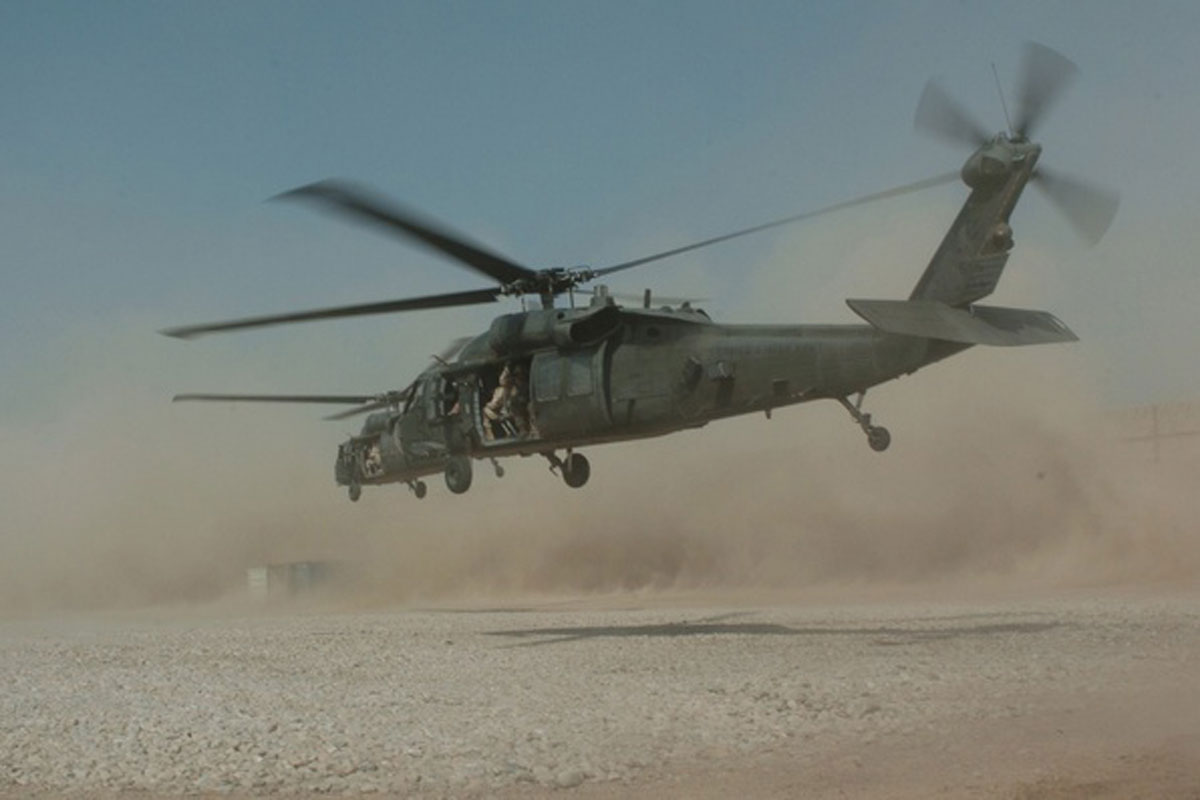Understanding the Mechanics and Design Behind Uh 60 Helicopters
The UH-60 helicopter, commonly known as the Black Hawk, stands as a pinnacle of modern-day rotorcraft technology, symbolizing a mix of robust engineering and detailed auto mechanics. As we peel off back the layers of the UH-60's design, a world of complex systems and meticulous engineering comes to light.
Background of UH-60 Helicopters
The history of UH-60 helicopters traces back to the late 1970s when the United States Army sought a innovative and functional utility helicopter to change its aging fleet. In response to this need, the Sikorsky Aircraft Firm created the UH-60 Black Hawk helicopter. Presented in 1979, the UH-60 quickly ended up being a staple in armed forces procedures because of its excellent capacities.
The UH-60 was designed to master a variety of missions, including troop transport, clinical discharge, digital war, and special procedures. Its capacity to adjust to different functions made it an important property to the U.S. uh 60. Army and other military forces all over the world
Over the years, the UH-60 platform has actually undertaken a number of upgrades and variants to improve its performance and equal developing objective needs. These helicopters have actually seen considerable service in conflicts such as the Gulf Battle, Afghanistan, and Iraq, showcasing their dependability and convenience in diverse functional environments. The UH-60's abundant background is a testament to its long-lasting legacy as a leading energy helicopter.

Engine and Power Systems
Utilizing cutting-edge propulsion technology, UH-60 helicopters are equipped with innovative engine and power systems to make sure ideal performance and reliability in a series of operational circumstances. The UH-60, generally called the Black Hawk, is powered by 2 General Electric T700-GE-701D engines, each efficient in providing up to 1,940 shaft horse power. These turboshaft engines supply the needed thrust for the helicopter to accomplish its objectives efficiently, including troop transportation, clinical discharge, and combat assistance.

Rotor System and The Rules Of Aerodynamics
Just how do the blades system and aerodynamics of UH-60 helicopters add to their operational effectiveness and flight abilities? The rotor system of the UH-60 helicopter plays a crucial role in offering lift and propulsion. The UH-60 features a four-bladed, completely expressed blades system that enables high maneuverability and stability during flight. This layout makes it possible for the helicopter to execute a wide variety of objectives, from transport and medical discharge to deal with operations.
The rules of aerodynamics likewise play a vital duty in the efficiency of UH-60 helicopters. The structured fuselage and rotor blade layout minimize drag, allowing the helicopter to attain greater speeds and far better fuel efficiency. The wind resistant style of check over here the UH-60 also adds to its capability to run in varied environmental problems, including warm temperatures and high altitudes.
Avionics and Trip Control Solution

In its elaborate control with the blades system and aerodynamics of UH-60 helicopters, the avionics and trip control systems develop a critical network of modern technologies forming the aircraft's functional abilities. Avionics encompass the digital systems used for communication, navigation, and monitoring numerous aircraft features. In the UH-60, these systems consist of digital displays, interaction radios, GPS navigating, weather condition radar, and autopilot systems. These avionics systems provide vital info to the pilots, improving situational awareness and guaranteeing secure and effective procedure of the helicopter.
The trip control systems of the UH-60 are liable for translating the pilot's inputs right into the suitable modifications to the blades system, making sure stable flight and maneuverability. These systems include hydraulic actuators, servos, and computer systems that function with each other to regulate the tail and major blades, as well as other flight control surfaces. By precisely managing the helicopter's flight dynamics, these systems allow pilots to do a wide variety of goals, from transportation and search-and-rescue to combat operations, with precision and confidence.
Duty and Applications in Aeronautics
Avionics systems in UH-60 helicopters include a variety of digital systems that aid in navigating, communication, surveillance, and managing numerous aircraft functions. These systems consist of digital screens, auto-pilot systems, communication radios, General practitioner navigating equipment, and climate radar. Additionally, these systems integrate safety and security features such as autopilot settings, surface understanding alerting systems, and stability augmentation systems to enhance the general safety and security and functional capabilities of the UH-60 helicopters in different goals, including troop transportation, clinical evacuation, search and rescue, and aerial firefighting.
Final Thought
Finally, the UH-60 helicopter is a versatile aircraft with an abundant background and progressed engineering. Its engine and power systems, rotor system, the rules of aerodynamics, avionics, and trip control systems all work together to make it a reputable and reliable maker. The UH-60's duty and applications in aviation are huge, varying from military operations to browse and save missions. Its continued advancement and usage show its importance in the field of Continue aviation (uh 60).
In its elaborate control with the rotor system and the rules of aerodynamics of UH-60 helicopters, the avionics and flight control systems form a crucial network of modern technologies shaping the airplane's operational capabilities.The trip control systems of the UH-60 are liable for converting the pilot's inputs right into the proper modifications to the rotor system, making sure steady flight and maneuverability. Avionics systems in UH-60 helicopters include useful reference a variety of electronic systems that aid in navigation, communication, monitoring, and managing numerous airplane functions. Furthermore, these systems integrate safety attributes such as auto-pilot settings, terrain recognition warning systems, and stability augmentation systems to improve the total security and operational abilities of the UH-60 helicopters in different goals, including troop transport, medical discharge, search and rescue, and airborne firefighting.
Its engine and power systems, rotor system, aerodynamics, avionics, and flight control systems all work with each other to make it a dependable and reliable device.